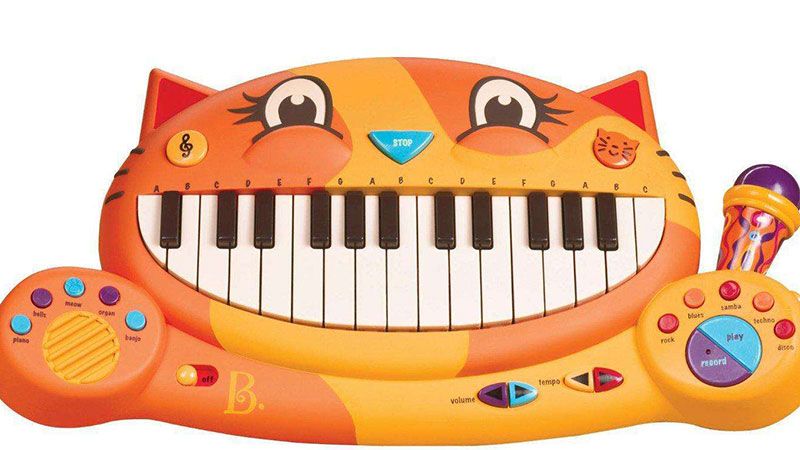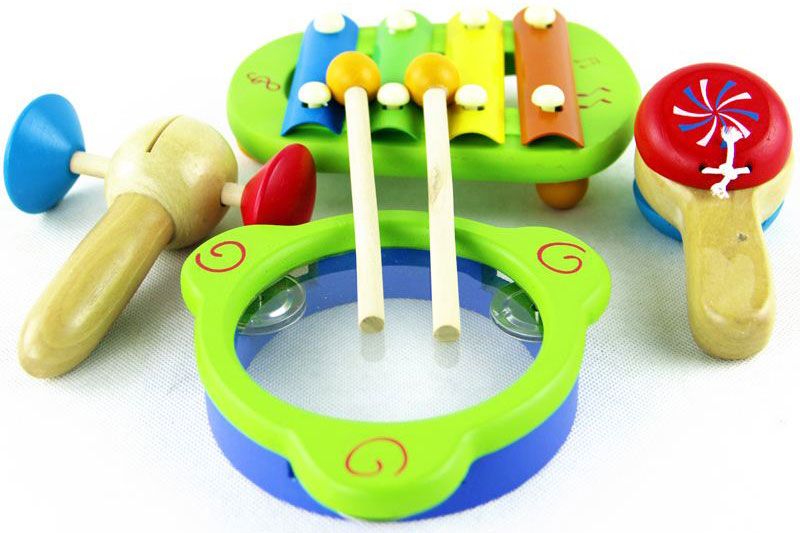- Home >> Solution >> Education >> smart toys
Voice Toy Program
Children's toys are various, and there are mainly two different types, one is without electronic functions, such as building block toys, plush toys; the other is toys with electronic functions.
Although there are many forms of toys with electronic functions, they are always the same. Their main functions are actually three elements: sound, light, and movement. Of course, these three elements are not completely independent. Some small toys only have one of the functional elements; some toys are more interesting and often combine the above three elements in one, but the focus of their functions is different.
Therefore, children's toys can be mainly divided into two categories: the first category is voice-producing toys; the second category is electric remote control toys. Let us first introduce to you the voice toy solution developed by Shenzhen Zuichuang Microelectronics Co., Ltd.
1. The principle of the voice toy solution
Voice toys are toys with interesting sounds as the main feature, with rich and colorful sound interaction effects, such as interesting sound effects, music tunes, children's songs and stories, etc. It is often accompanied by colorful light flashing effects and other auxiliary effects such as touch, vibration, and spring.
The reason why voice toys can play sound is because there is a voice IC in the circuit board inside, which can store, control, and play voice content.
The working principle of the voice chip is to convert the voice signal into a number by sampling, store it in the ROM of the IC, and then restore the number in the ROM to a voice signal through the circuit. According to the output mode of the voice chip, it is divided into two categories, one is the PWM output mode, and the other is the DAC output mode. The PWM output volume cannot be continuously adjusted, and it cannot be connected to an ordinary power amplifier. At present, most voice chips on the market are PWM output. . The other is that the DAC is amplified by the internal EQ. The sound of the voice chip is continuously adjustable, digitally controlled and adjustable, and can be connected to an external power amplifier.

2. Types of voice toy solutions
1. Single channel voice toy
A single-channel voice toy is a toy that can only produce one sound at the same time. The sound can be sound effects, human voices, or musical instruments. The sound file of the toy is a Mid format with only one channel. Representative toys of this type include: dolls, whack-a-mole toys, and story machines.
2. Dual-channel voice toys
Two-channel and more-channel voice chip, a music IC that can emit music from two channels in the same unit of time. The electronic sound source file is generally a .Mid two-channel file. This type of product costs more than single-channel voice ICs. In order to balance product price and application, voice chip manufacturers generally do a better job in terms of functional support and sound effects.
3. Multi-channel musical instruments
Multi-channel generally refers to toys with 4 channels and above. It can play more than three channels of sound, also known as chord music. The 4-channel music toy that is often said refers to musical instruments with 4 channels. Generally, multi-channel voice chips support both music IC (Music IC) and voice IC (Speech IC) functions. Examples of such musical instruments are: electronic organ toys, toy guitars, music boxes, and the like.
3. Development process of voice toy program
The function of the voice toy is relatively simple, and it can usually be developed within one working day. The general steps are:
(1) The customer first provides the function manual or a reference prototype, and then our company selects the appropriate voice IC according to the function and the length of the voice.
(2) The customer specifies the sound source (that is, the sound file). Our company also has a number of sound libraries that can be used by customers for free, and can also help customers process sound file materials and optimize them into appropriate sound quality and capacity.
(3) Circuit design and program design.
(4) Make functional DEMO for testing, and send samples to customers for testing and comments.
(5) Enter the trial production stage (EP/PP/MP) after the test is completed.

4. The sound file format of voice toys
The sound played by the voice toy is pre-made and stored in the voice IC or Flash chip, so it is necessary to know the common file format of the sound source, and determine the best sound source file type according to the needs of the product and the selected voice chip. The commonly supported sound file formats are: PCM format, WAV format, ADPCM format, MP3 format, Linear Scale format, Logpcm format.
(1) PCM format: Pulse Code Modulation pulse code modulation, which samples the sound analog signal to obtain quantized voice data, which is the most basic and original voice format. It is very similar to RAW format and SND format. They are all voice-only formats.
(2) WAV format: Wave Audio Files is a sound file format developed by Microsoft Corporation, also called wave sound file, which is widely supported by the Windows platform and its applications. The WAV format supports many compression algorithms, and supports multiple audio bits, sampling frequencies and channels, but the WAV format requires too much storage space and is not convenient for communication and dissemination. Each piece of data stored in the WAV file has its own independent identification. Through these identifications, the user can be told what kind of data it is. These data include sampling frequency and number of bits, mono (mono) or stereo (stero), etc.
(3) ADPCM format: It uses several sampling values in the past to predict the current input sample value, and makes it have an adaptive prediction function to compare with the actual detection value, and automatically quantize the measured difference at any time. so that it always keeps changing synchronously with the signal. It is suitable for situations where the rate of speech change is moderate and the sound playback is brief. Its advantage is that the processing of human voice is more realistic, generally reaching more than 90%, and has been widely used in the field of telephone communication.
(4) MP3 format: Moving Picture Experts Group Audio Layer III, referred to as MP3. It uses the technology of MPEG Audio Layer 3 and adopts an encoding algorithm called "sensory encoding technology": when encoding, it first analyzes the frequency spectrum of the audio file, then uses a filter to filter out the noise level, and then quantizes the remaining Each of the following bits is scattered and arranged, and finally an mp3 file with a higher compression ratio is formed, and the compressed file can achieve a sound effect closer to the original sound source during playback. Its essence is that vbr (Variant Bitrate variable baud rate) can dynamically select the appropriate baud rate according to the encoded content, so the result of encoding is to take care of the file size while ensuring the sound quality.
(5) Linear Scale format: According to the change rate of the sound, the sound is divided into several segments, and each segment is compressed with a linear ratio, but its ratio is variable.
(6) Logpcm format: Basically, the entire sound is linearly compressed, and the last few bits are removed. This compression method is easy to implement on hardware, but the sound quality is worse than Linear Scale, especially when the volume is low and the sound is delicate. Mainly used for pure speech. mid format. The space occupied by mid-format audio is relatively small, and sometimes more than ten pieces of mid-format music can be loaded into a chip in just 20 seconds.
The above is the knowledge about the voice toy solution we introduced to you. If you have electronic function development needs for children's toys, you can find us to evaluate the chip type, and carry out hardware and program development. We can provide IC or PCBA.
- TOP
